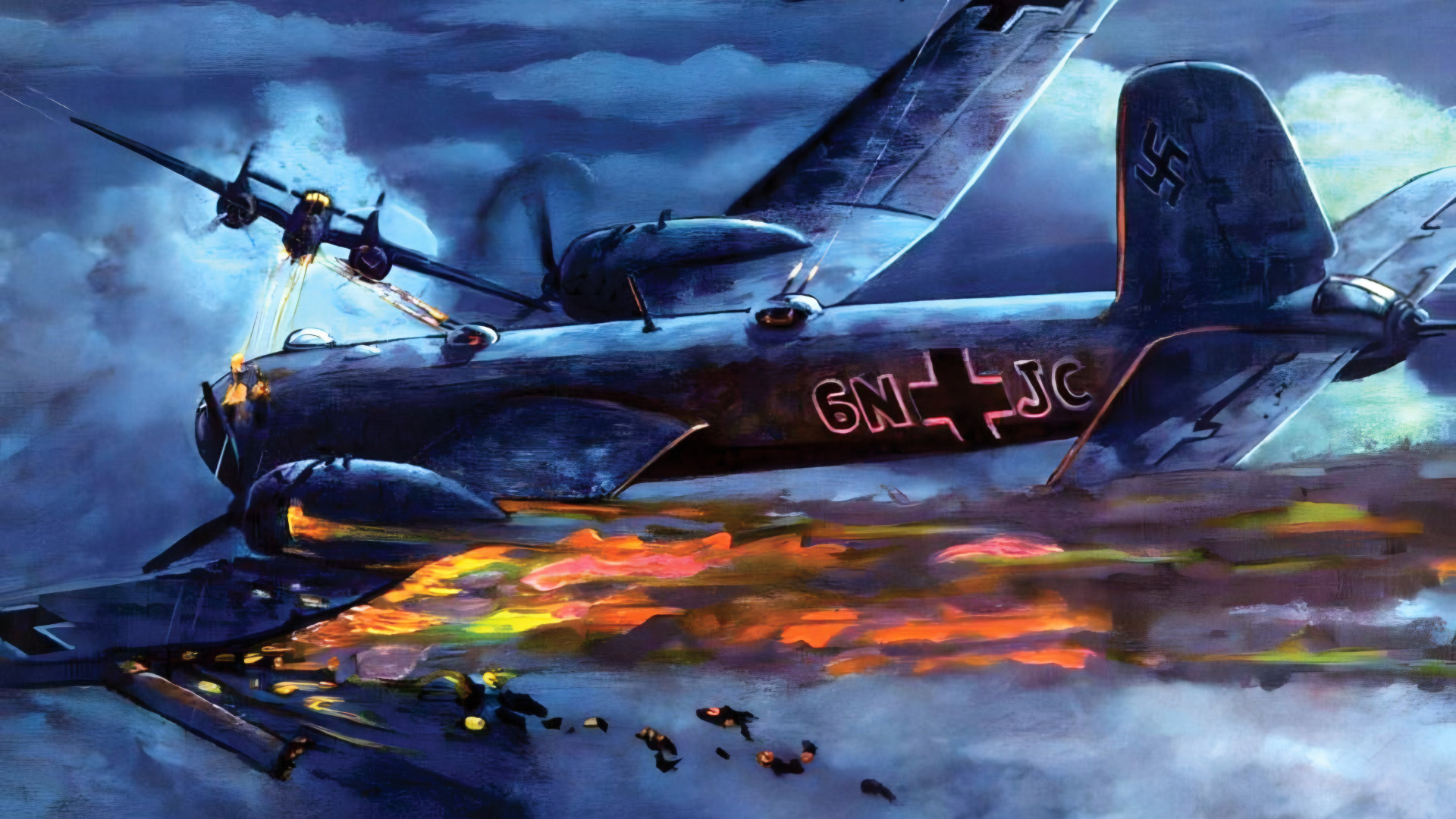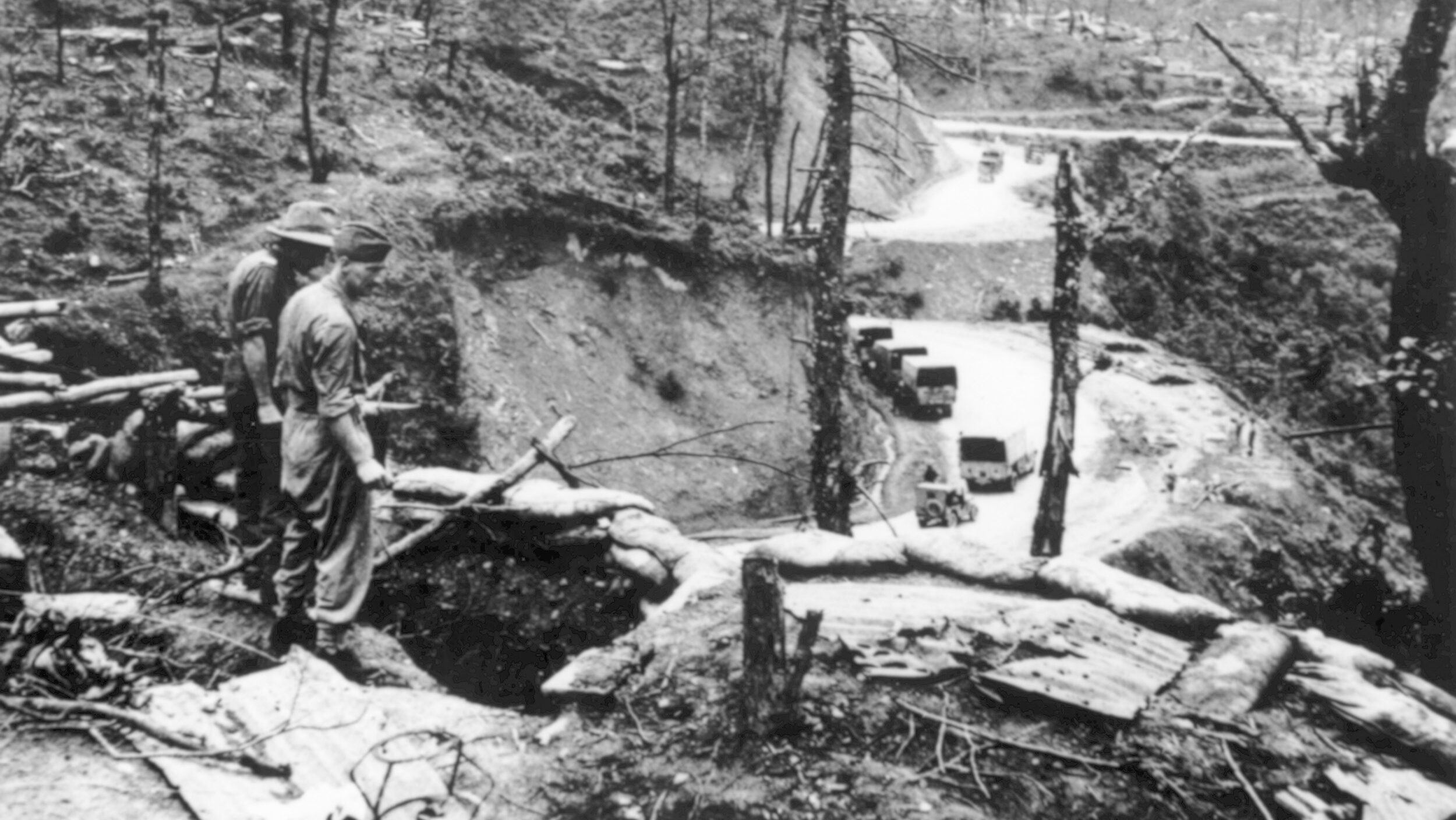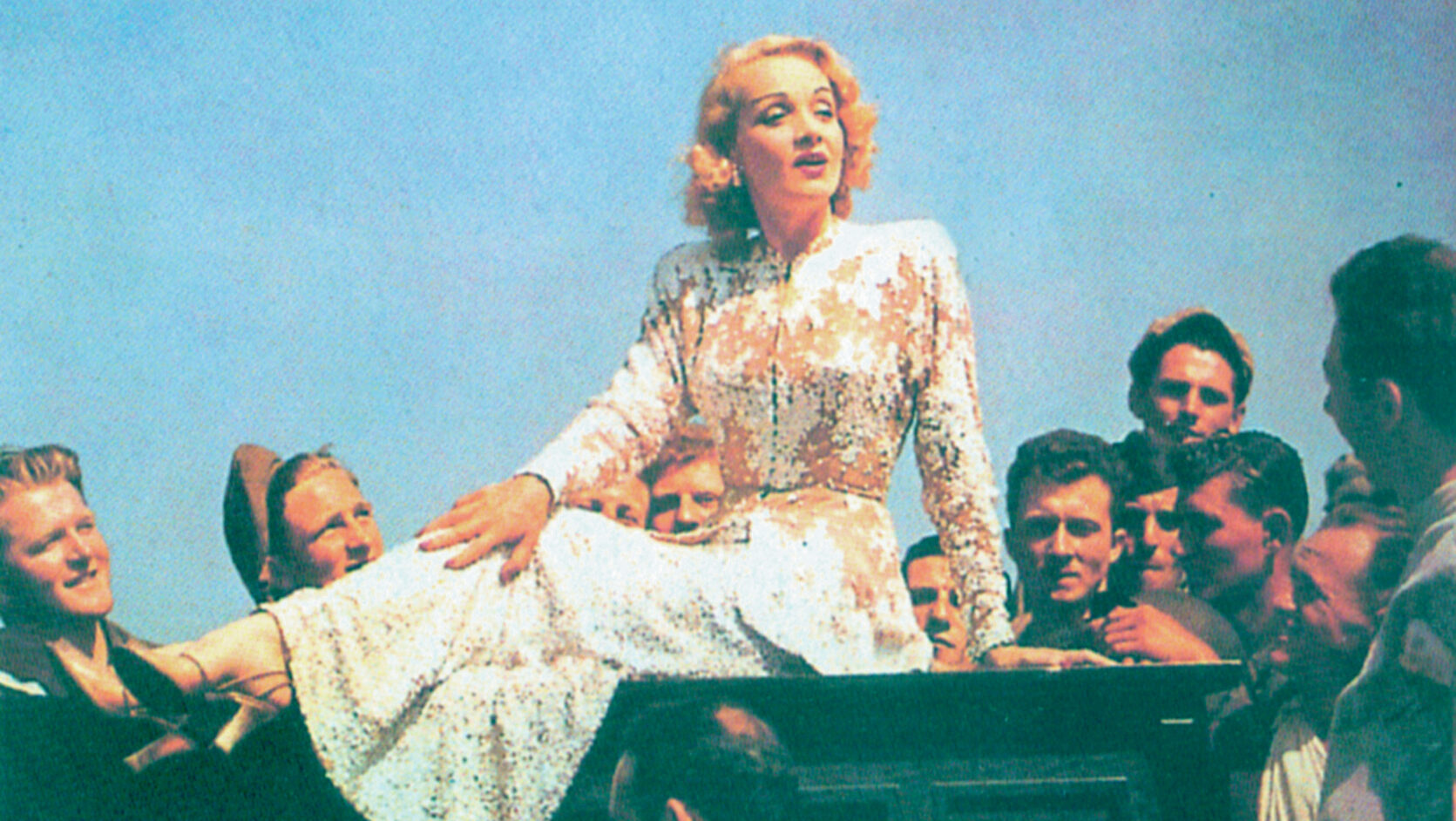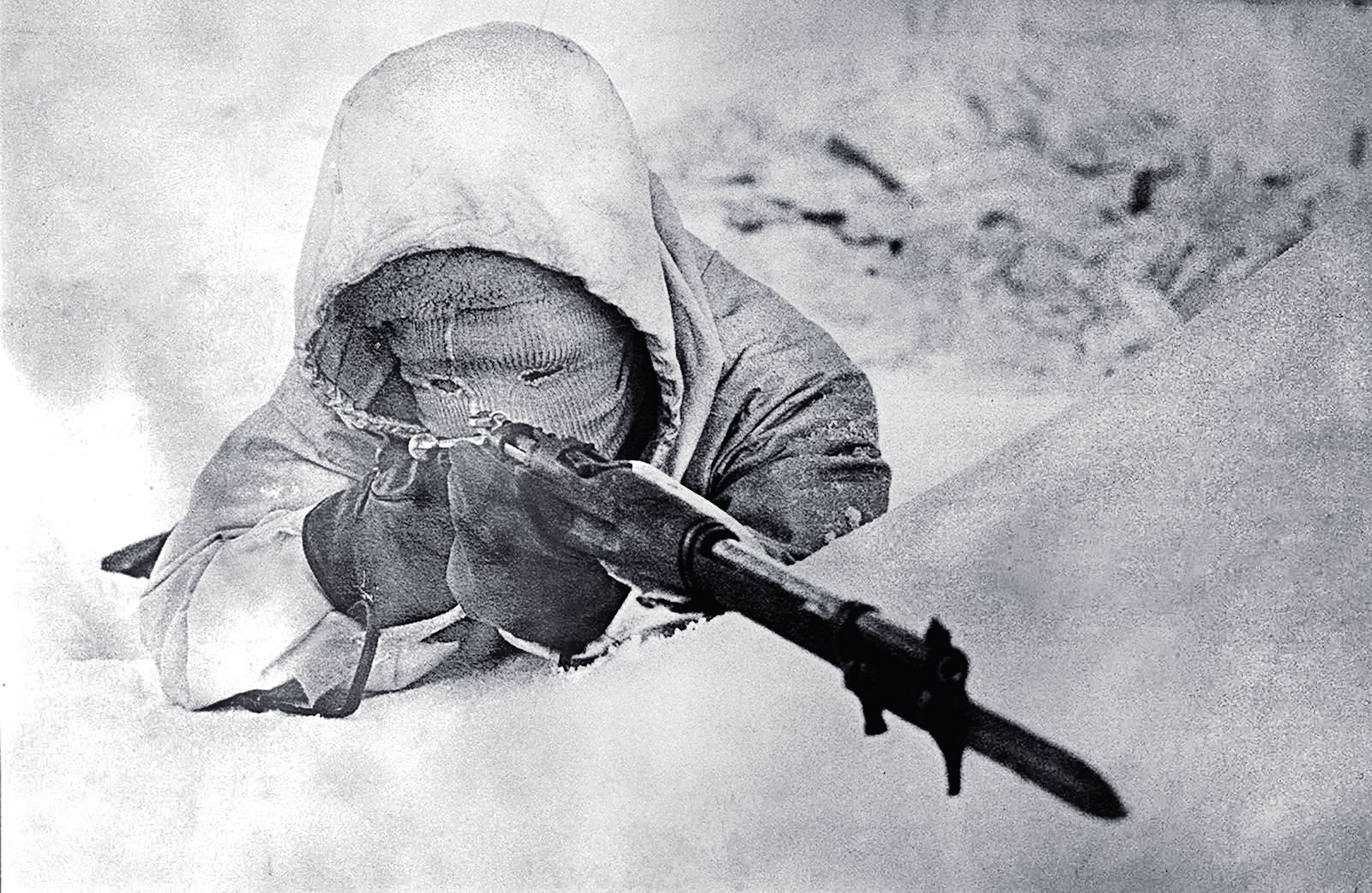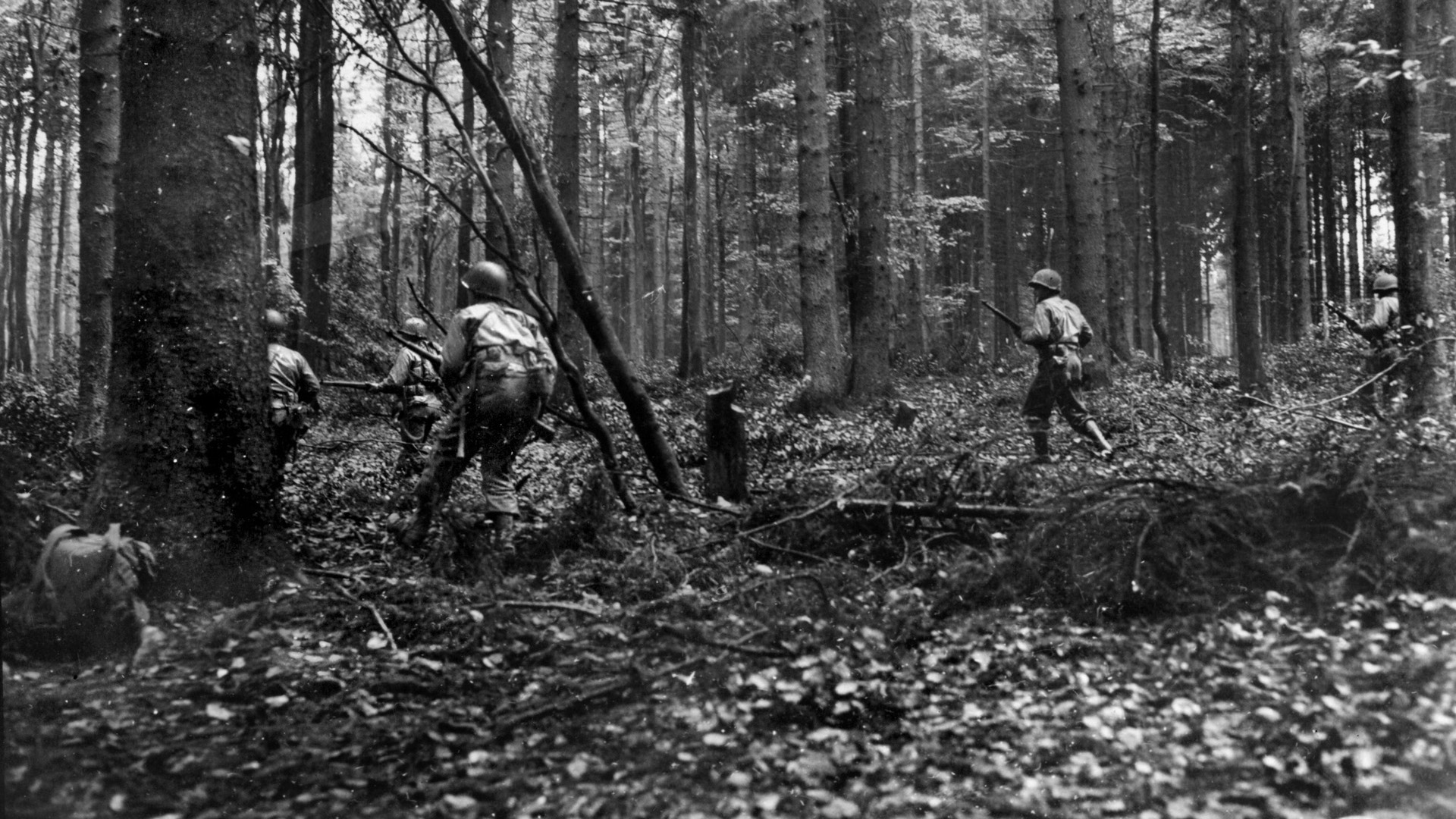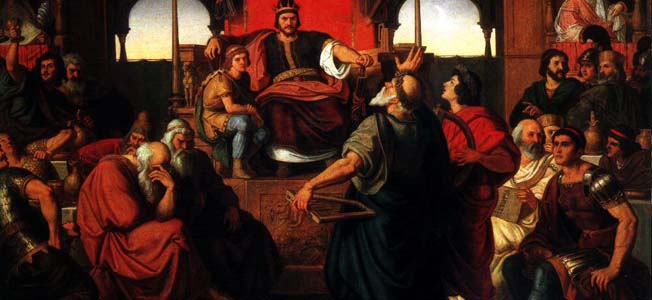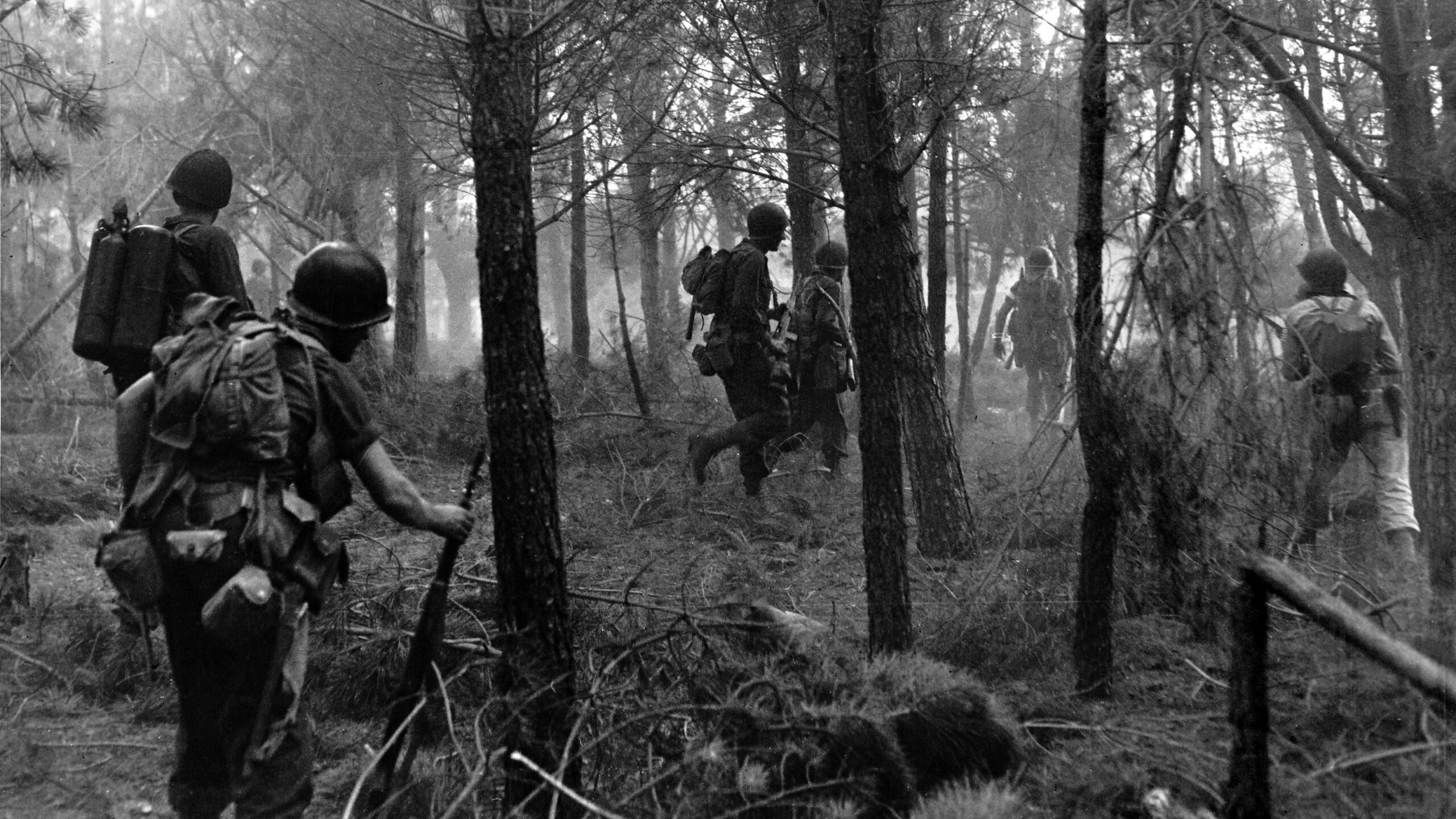By Allyn Vannoy
The Heinkel He-177 Greif (Griffin) was to become the only long-range heavy bomber operated by the Luftwaffe during World War II. But it was an aircraft plagued by problems, earning the aircraft the nickname Luftwaffefeuerzeng (Luftwaffe’s Petrol Lighter).
The Allies became aware of the Greif on June 13, 1940, when a Luftwaffe prisoner provided a description of the bomber’s features, but it wasn’t until January 21, 1944, that one of the aircraft was shot down over England.
In the 1930s, the Luftwaffe’s chief of staff, Lt. Gen. Walther Wever, championed development of a heavy bomber, believing that such a bomber would prove a decisive factor in a future European conflict. He demanded bombers capable of carrying a heavy load over distances sufficient to permit an assault on any part of the British Isles—aircraft that, in view of the weakness of the German Kreigsmarine, could also harass British shipping far out in the Atlantic.
Prototypes of two four-engine heavy bombers, the Junkers Ju-89 and the Dornier Do-19, were built under his tutelage, but with Wever’s death in an airplane crash in 1936, the development of these aircraft was abandoned. Wever’s successors favored smaller, medium-range bombers.
Despite Wever’s death, the Heinkel Flugzeugwerke received a specification for a new bomber from the German Air Ministry in 1936. The aircraft was to be capable of carrying a 2,200-pound bomb load over a range of 3,100 miles at a maximum speed of 311 miles per hour, enabling it to outrun the fighters of the time. In June 1937, Heinkel received instructions to proceed with construction of a full-scale mockup.
Heinkel estimated that its aircraft could reach a top speed of 342 miles per hour at a ceiling of 18,050 feet and have a loaded weight of 59,500 pounds. To achieve such performance, though, Heinkel’s chief designer, Siegfried Gunter, believed several revolutionary features would have to be incorporated into the design, such as a pair of 1,973-horsepower engines. However, no engine at the time was that powerful.
The aircraft’s advanced features included coupled power plants with surface evaporation cooling, which was still unproven. The coupled power plants brought together two liquid-cooled engines mounted side by side in a single nacelle with a single gear casing connecting the two crankcases, the two crankshaft pinions driving a single airscrew shaft gear. The use of two engines of large output in a heavy bomber seemed sound aerodynamically. The coupled engine also avoided the delay associated with development of a new high-powered engine. The first prototypes were equipped with two counterrotating Daimler-Benz DB 606-A power plants.
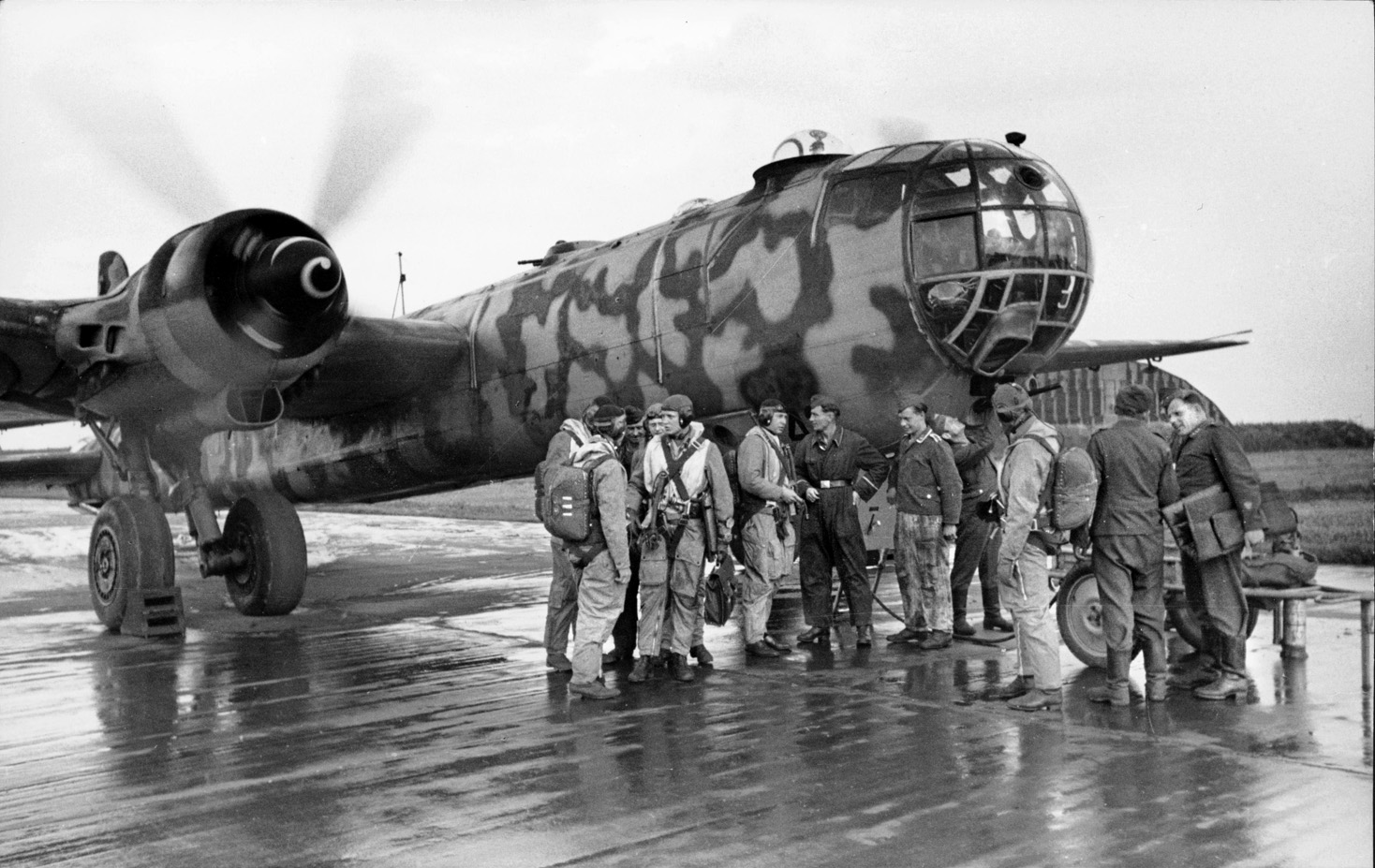
For aerodynamics, Gunter wished to dispense with the usual system of drag-producing engine radiators and employ an evaporative cooling system, where the coolant water is pressurized, thus raising the coolant’s boiling point. As the superheated water left the engine, it would enter an expansion area where the pressure dropped and the water flashed to steam. The steam would then be cooled as it flowed through pipes running along the outer skin of the fuselage and wings.
It was determined, however, that such a cooling system would not be capable of dealing with the vast amount of heat generated by each pair of engines. As a result, the evaporative cooling system had to be abandoned in favor of conventional radiators fitted directly behind each propeller, adding significantly to weight and drag.
For armament, Gunter’s design called for outfitting the He-177 with three cockpit-controlled remote gun turrets and a single manned position in the tail. Remotely controlled turrets allowed the gunner to be placed in a protected position with excellent observation where he would be less likely to be blinded by the flash from his own guns.
Unfortunately, technical progress proved insufficient to keep pace with the He-177’s development. As a result, the He-177 had to be modified to accommodate larger and heavier manned positions, each fitted with a single 13mm gun.
As dive bombing was believed more effective for pinpoint accuracy, attention was diverted away from horizontal bombing.
In November 1937, Luftwaffe dive bombing expert Ernst Udet presented the Luftwaffe’s dive bombing requirement to Ernst Heinkel, who responded that the aircraft would never be capable of achieving such performance. In spite of this, the He-177 was required to be strengthened to support the stresses imposed by the pullout from a dive.
By now, the gross weight of the bomber had increased so alarmingly that providing an undercarriage of sufficient strength became a serious problem.
In November 1939, the first He-177 prototype was flown. It weighed 30,247 pounds when empty and 52,734 fully loaded. The flight terminated after only 12 minutes due to overheating engines. The prototype then received several modifications, including a 20 percent increase in the tail surface area, soon after which a second prototype made its first flight. During these trials, the second prototype developed severe control flutter and disintegrated in midair.
The fourth prototype, while undergoing stability tests over the Baltic, failed to recover from a shallow dive, crashing into the sea. The partially salvaged aircraft indicated that the crash was the result of a malfunction of the airscrew pitch gear.
The fifth prototype incorporated a number of trial installations. Triple bomb bays were installed, and hand-operated 7.9mm machine guns were installed in the nose, in a turret immediately aft of the flight deck, in the nose of the ventral gondola, and in the tail. Early in 1941, during a simulated low-level attack, both of the prototype’s power plants burst into flames, causing the aircraft to hit the ground and explode.
The sixth prototype was the first equipped with production-type, 2,700-horsepower DB 606 engines. Maximum speed was 289 miles per hour, cruising speed 263 miles per hour, the service ceiling 22,966 feet, and range 3,417 miles.
The design led to poor access to the engines, resulting in the lack of routine maintenance in the field, the engines having a tendency to catch fire in flight.
The initial lot of 35 pre-production aircraft was employed in a wide variety of trials, and although the bomber was still considered dangerous because of engine fires, most of the pilots expressed favorable opinions concerning handling qualities and general performance.
Although the bomber’s teething problems were still largely unresolved by the spring of 1942, the Luftwaffe’s commander in chief, Hermann Göring, demanded delivery of He-177s to enable the Luftwaffe to destroy the British fleet. Trials with prototypes and pre-production aircraft dictated continued modifications all the while, and a substantial number of those aircraft were lost in accidents and crashes.
A total of 130 He-177A-1 bombers were manufactured by June 1943, but attempts to employ the aircraft operationally met with little success. Six were used for testing with the Henschel Hs-293 radio-controlled missile.
The He-177A-1’s forward fuselage housed a crew of four: a pilot, co-pilot/bombardier, navigator/radio operator, and gunner. The tail housed a second gunner. The A-1’s maximum speed was 317 miles per hour, its cruising speed 267 miles per hour, and it had a range of 3,480 miles.
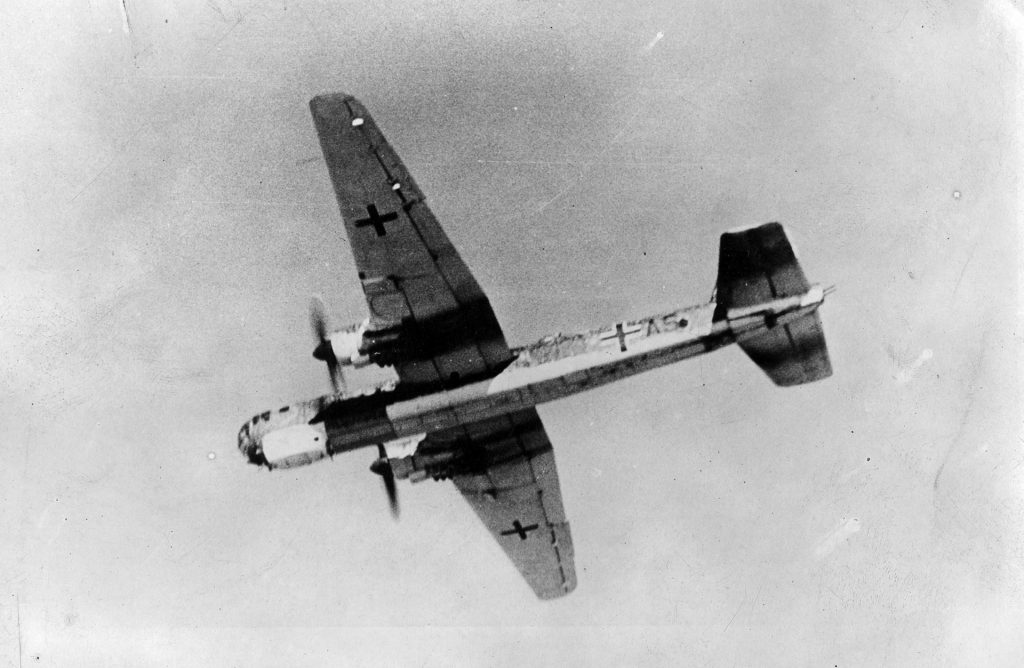
While production of the He-177A-1 was underway, Heinkel introduced an improved variant: the He-177A-3. This new version included an additional dorsal turret mounted midway between the trailing edge of the main-plane and the leading edge of the tail-plane; the turret contained two 13mm guns. A new power plant consisted of a pair of DB 605 engines that produced a maximum output of 2,950 hp.
In the autumn of 1942, the 3rd Squadron of Kampfgeschwader (Air Wing) 4’s Group 1 began converting to He-177s, but the conversion was extremely slow due to a shortage of aircraft. Finally, in early 1943, the 1st and 2nd Squadrons were formed using newly arrived He-177A-3s.
In the meantime, Kampfgeschwader 50 received 20 He-177A-1s for conversion training. Its Group 1 was hurriedly trained on the A-3 and redesignated Fern-Kampfgeschwader (long-range air wing) 2 before being rushed to southern Russia, where the -3s were employed as transports flying supplies to the trapped 6th Army at Stalingrad. But the unit suffered an average loss of one aircraft a day due to crashes, its strength falling so rapidly that in February 1943 the surviving machines were withdrawn.
In April 1943, a variant of the A-3 model was introduced with an improved electrical system, a modified gun mount in the nose of the ventral gondola, an upgraded cannon, and a redesigned tail-gun position. This aircraft was the first to carry the Hs 293 missile, with two mounted under the wings and another under the fuselage.
The first He-177A-5s left the assembly line in February 1943. By July, the production rate of six planes a month was doubled and then increased to 42 a month, yielding a grand total of 415 delivered for 1943.
In October 1943, He-177 assets were organized to participate in Operation Steinbock, marking the debut of the He-177 over Britain. The operation was prepared at the direct order of Adolf Hitler as a reprisal against London. Luftwaffe Supreme Command redeployed units from Italy to Russia as bombers. In addition to He-177s, the core of the attack force, some 80 He-111s, Do-217s, Ju-88s, and Ju-188s, were rounded up.
The London attacks began on January 21, 1944. While Operation Steinbock would be regarded as a failure because of the decimation of the medium bombers, the He-177s achieved some success. While only four of the He-177s were lost to enemy action, serviceability was low because of mishaps.
On another night, eight of 13 He-177s had to return to base due to overheating or engine fires. Of the remaining aircraft, only four reached the target. Operation Steinbock was called off at the beginning of March.
While production of the He-177A-5 had proceeded, several improved versions of the Greif evolved, including the He-177A-6. Work had begun early in 1944, but the constant flow of modifications resulting from frontline complaints delayed plans so that instead of 15 He-177A-6s ready for delivery by the end of May 1944, only six were completed.
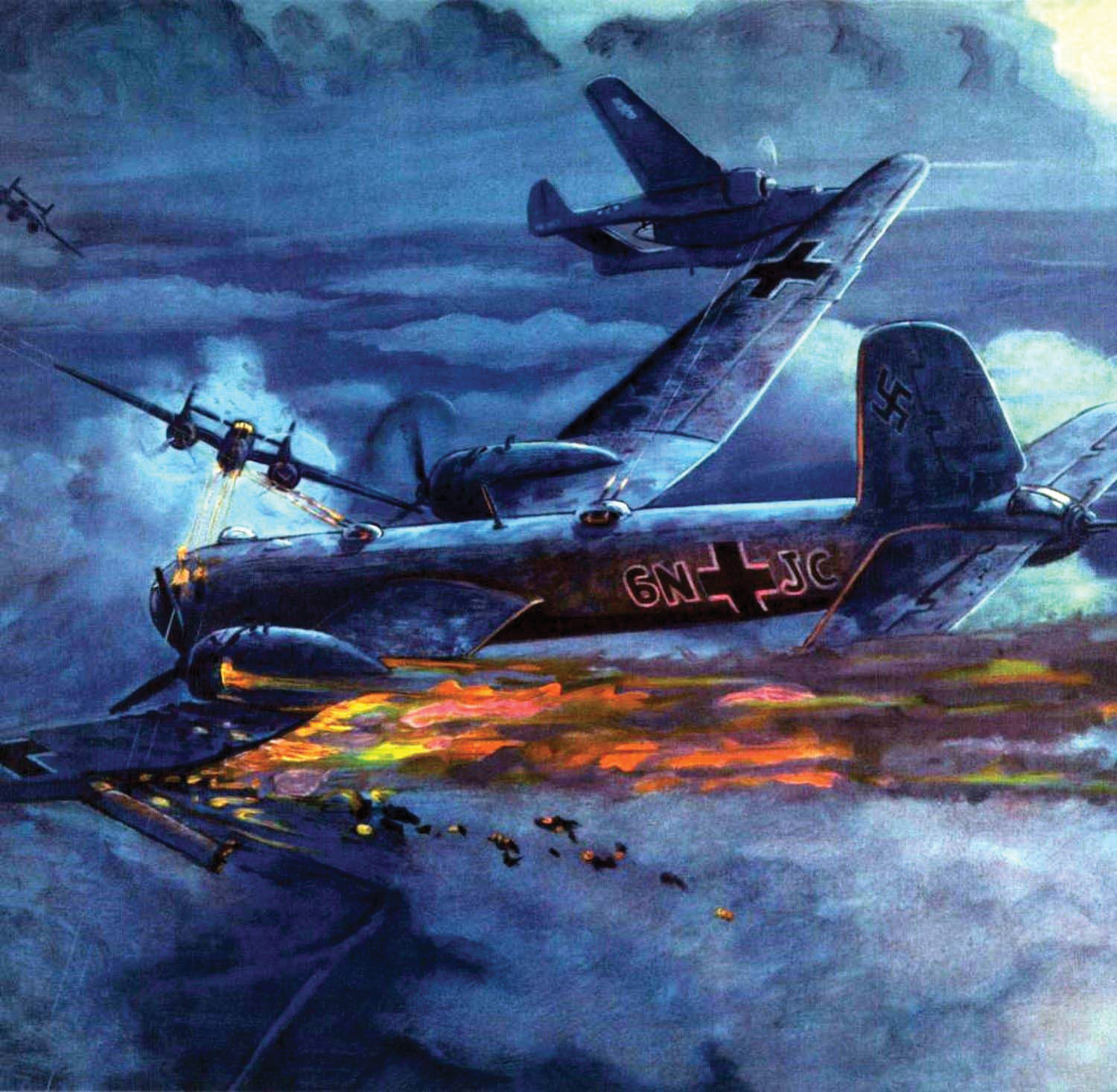
The He-177A-6 program was subsequently abandoned in favor of the He-277, which was also known as the He-177B.
In January 1944, five He-177A-5s were equipped with batteries of 33 obliquely mounted 210mm rocket tubes—likely derived from components of the Nebelwerfer infantry barrage rocket system—to create the Grosszerstörer (Big Destroyer), meant to break up and destroy the combat box formations of USAAF daylight bombers.
Limited operational trials against American bombers were authorized. The mode of operation called for the aircraft to follow the bomber formations, passing below and to port. A few daylight operations were flown, but no contact was made with Allied bomber formations, and as American escort fighters were becoming more numerous, the scheme was abandoned.
Until 1943, the Air Ministry remained adamant in its refusal to permit any major redesign of the basic He-177A, but during a meeting with members of the German aircraft industry, Hitler directed creation of a bomber capable of attacking London by day and night from beyond the reach of Allied interceptors and capable of attacking Allied convoys in the Atlantic. Ernst Heinkel claimed that his He-177B could fulfill these requirements and was instructed to proceed with immediate development.
A standard He-177A-3/R2 airframe was quickly modified to use four DB 603A engines. Flight tests commenced late in 1943, and, to hide the effort from Göring and the Air Ministry, the machine was referred to as the He-177B-0. A second prototype, using a converted He-177A-5 airframe, was flown on February 28, 1944. Test pilots reported exceptional handling.
The B-5’s defensive armament comprised a 7.9mm machine gun in the nose, interchangeable with a 15mm or 20mm cannon, four machine guns in the chin barbette, twin guns in the forward dorsal barbette, one gun in the rear dorsal turret, and four guns in the tail. Despite Göring’s order to begin production of the He-277B immediately, the bomber program was abandoned on July 3, 1944, and only eight He-277Bs were produced.
In the end, the He-177’s development resulted in too many variants. A total of 1,137 He-177s were produced, including prototypes and pre-production aircraft, but only about 200 He-177s became operational. More He-177s were lost to engine fires than to combat.
The aircraft’s technical difficulties were due in part to the overly optimistic design requirements: long range, high speed, heavy bomb load, and dive bombing. Although the He-177 entered service in 1942, it was still far from operational by war’s end.
In the final assessment, it seemed that the He-77 was deadlier to its crews than to its potential targets, although it was the only heavy German bomber to attain quantity production during the war. In fact, it was one of the few German combat aircraft that progressed from prototype to operational service during the war.
